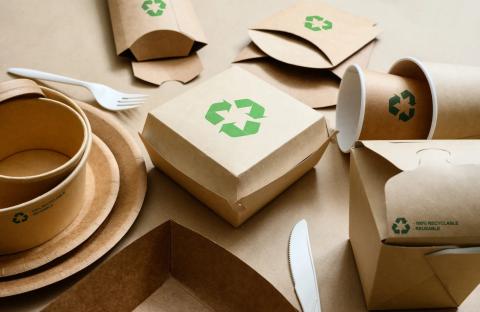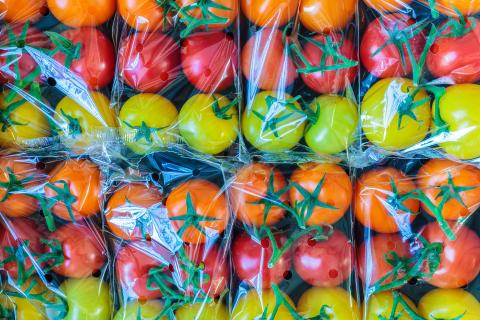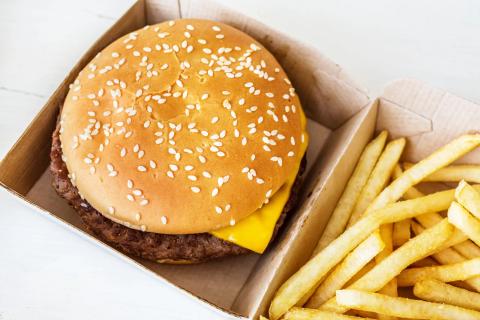
food packaging
Food packaging serves multiple critical roles in the food industry, including protecting products from contamination and damage, preserving freshness, providing important nutritional and product information, and aiding in marketing efforts. Packaging types range widely, from plastic, glass, and metals to paper and innovative biodegradable materials, each selected based on its ability to maintain food quality and safety. Packaging not only helps extend the shelf life of food but also plays a crucial role in the transportation and handling processes, ensuring that food remains safe and intact from production to consumption. Furthermore, it delivers essential consumer information and influences purchasing decisions through strategic design and branding.
As environmental awareness increases, the food packaging sector is experiencing a shift toward more sustainable practices, including the use of recyclable materials and the development of biodegradable and edible packaging solutions. Regulatory bodies enforce stringent standards to prevent chemical leaching from packaging into food, ensuring consumer safety. Going forward, the industry faces the challenge of balancing functional and environmental considerations, focusing on reducing packaging waste and improving sustainability without compromising the protective and preservative qualities of packaging. This dynamic field continues to evolve, driven by advancements in materials science and consumer demand for safer, more sustainable packaging options.

Emulsifiers are used in food packaging to enhance barrier properties, heat resistance, adhesion between materials, and the aesthetic qualities of the packaging. These enhancements contribute to the longevity, safety, and marketability of food products. They improve the resistance of packaging to water vapor and oxygen, which is crucial for extending the shelf life of food products.
learn more
Plasticizers are added to plastics used in food packaging to enhance their flexibility, durability, and overall processability, making materials more suitable for creating various types of containers and wraps. These additives allow for the production of thinner and more pliable materials, which are ideal for tightly sealing foods, extending shelf life, and preserving freshness by providing a barrier against moisture and air.
learn more
Starch modifiers play a significant role in the development of biodegradable and sustainable food packaging solutions. As environmental concerns drive the search for alternatives to conventional plastics, modified starches have emerged as a viable option due to their natural origin and ease of biodegradation.
learn more